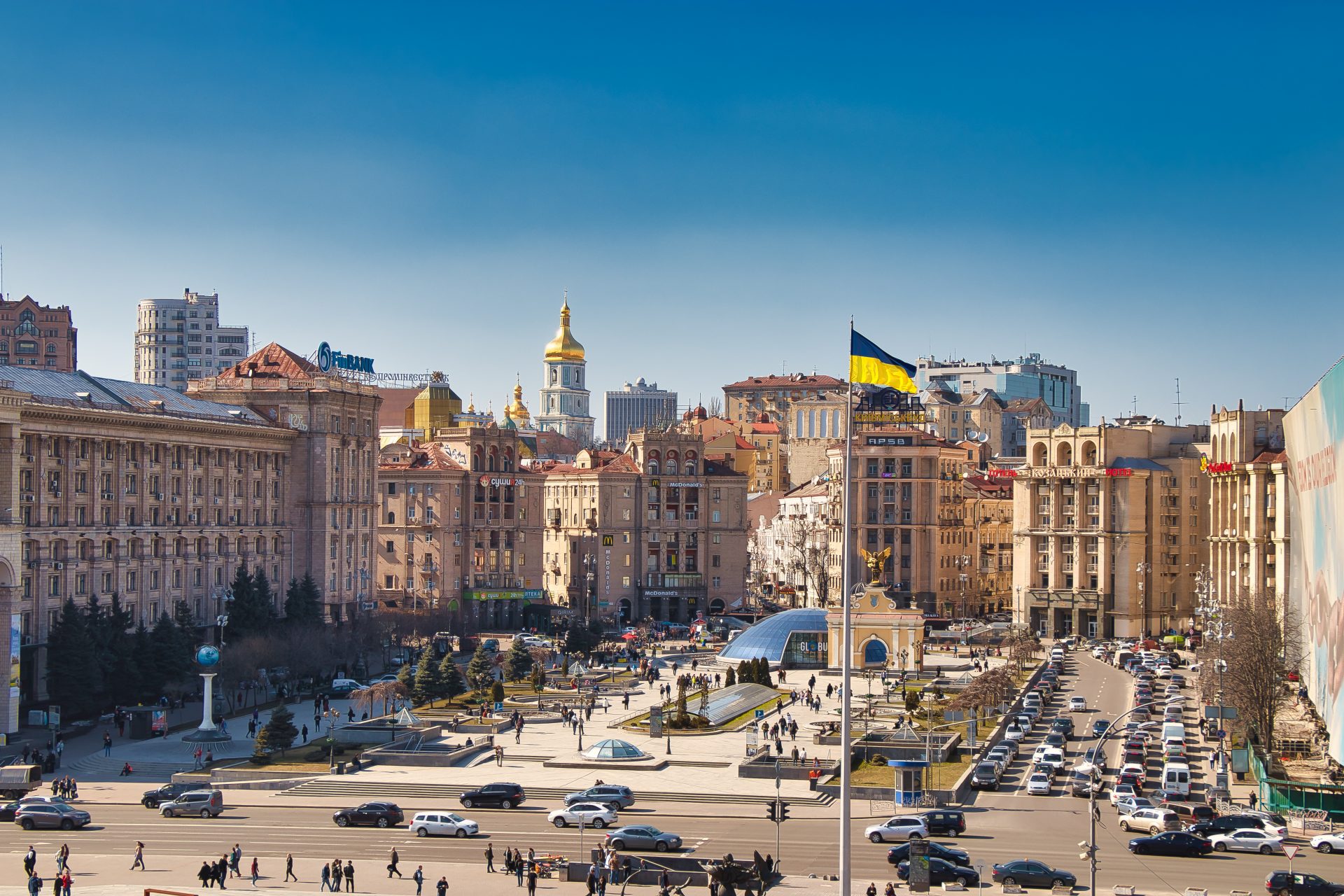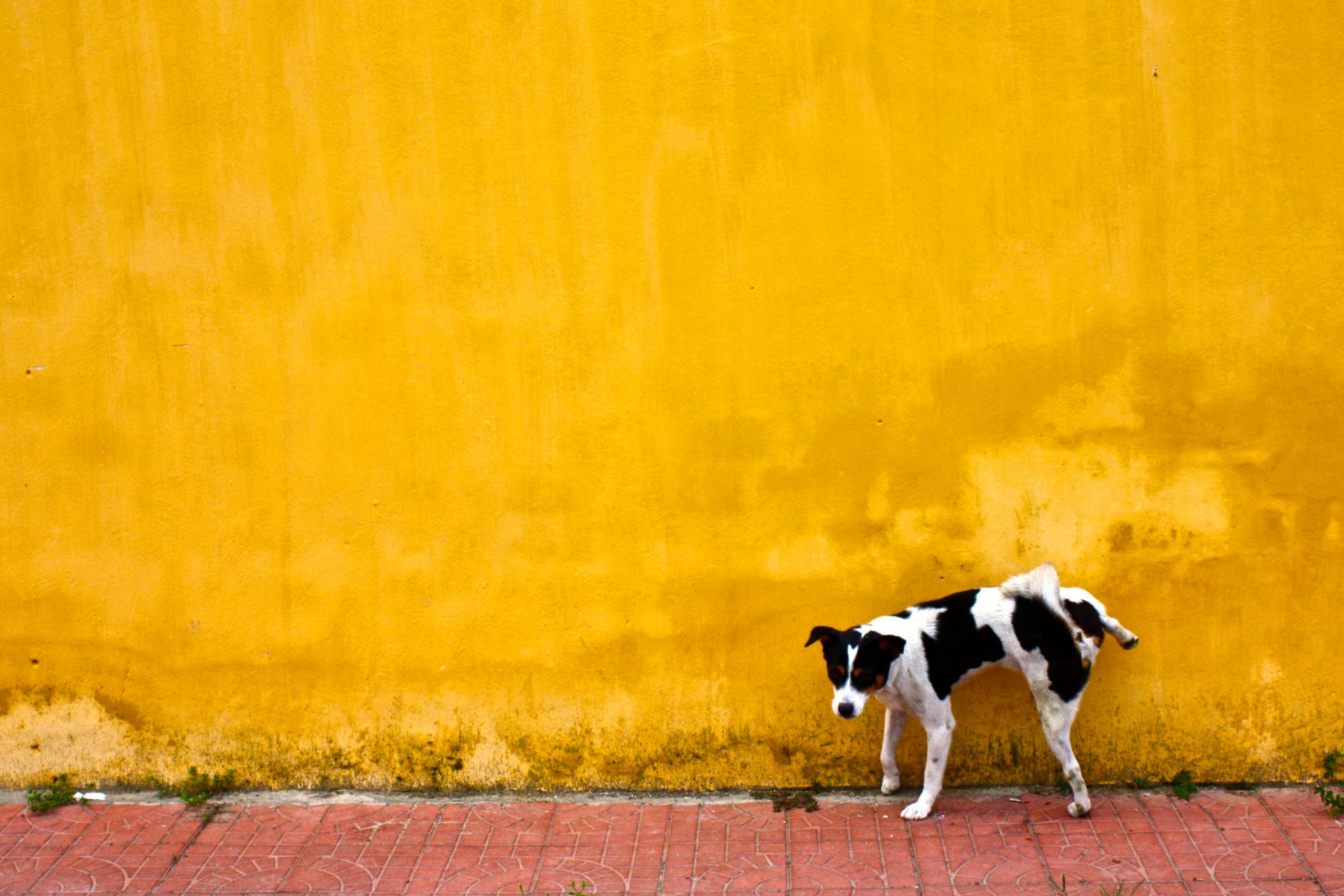These are the 6 largest gold mines in the world
Gold, since the beginning of time, has been a symbol of wealth and finances.
Centuries have passed, but our fascination for this shiny metal has remained. From the legend of El Dorado to the tacky gold toilets that some billionaires boast.
By the end of 2022, an ounce of gold was priced about 1,700 euros (some 1,850 US dollars). In other words, a kilo of the shiny stuff was worth some 54,460 euros or almost 60,000 US dollars.
What makes gold, and other precious metals, so valuable are their rarity. Having a gold mine is, well, literally a gold mine! The question then is where in the world to find them?
The Grasberg mine is a complex that includes the Grasberg open pit mine and the Deep Ore Zone and the Big Gossan underground mines. It was discovered in 1936.
It is the largest gold mine in the world and is located in the province of Papua, in Indonesia. It is estimated that more than 20,000 people work on extracting 2.8 million ounces of gold every year by Freeport Indonesia.
Located in the middle of the Kyzyl Kum desert in Uzbekistan, this is the second largest gold mine in the world and one of the deepest, reaching 600 meters (about 2,000 feet) deep. It was discovered in 1958.
Image: NGMK
The mine is owned by the local government and is operated by the Uzbek state-owned Navoi Mining and Metallurgy Combinat (NMMC). It produces around 2.5 million ounces of gold per year, while its reserve is estimated in 150 million ounces.
Photo: NGMK
The Olimpiada mine is located in Russia, specifically the Siberian region of Krasnoyarsk. Operated by Polyus Gold, it provides 80% of Europe's gold.
Production in this mine began in 1996. According to 2018 Polyus Gold estimations, Olimpiada possesses a reserve of 26 million ounces, with a yearly production close to 1.4 million ounces.
Located on the island of Lihir in Papua New Guinea, northeast of Port Moresby, this mine began production in 1997.
The mine employs more than 4,500 people, most of them natives. It is estimated that more than 10 million ounces of gold has been mined since 1997 from a reserve calculated at around 43 million.
Located 100 km (about 60 miles) from Santo Domingo, Pueblo Viejo is the largest gold mine in Latin America.
Despite its size, experts believe that its lode is only of 7.2 million ounces and predict that all will be mined out in about 25 years.
The Cortez Gold Mine is of the most important gold mines in North America, located in the Southwestern US state of Neveda. Run by the Barrick Gold Corporation, around 1.5 million ounces of gold are extracted every year.
Image: Instagram - @barrickgold
Although it was discovered in 1862,
it began as a silver mine. It wasn't until the 1930s when gold began to be extracted from Cortez.
Photo: Barrick Gold Corporation
More for you
Top Stories





























